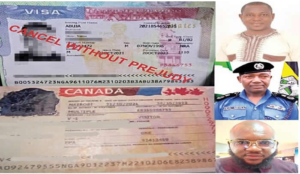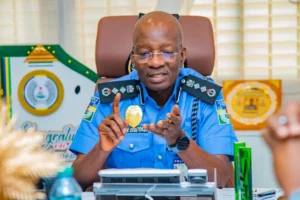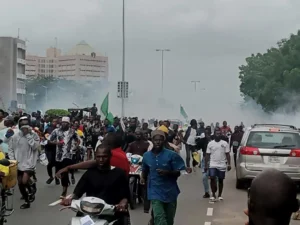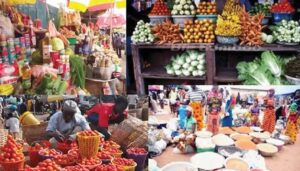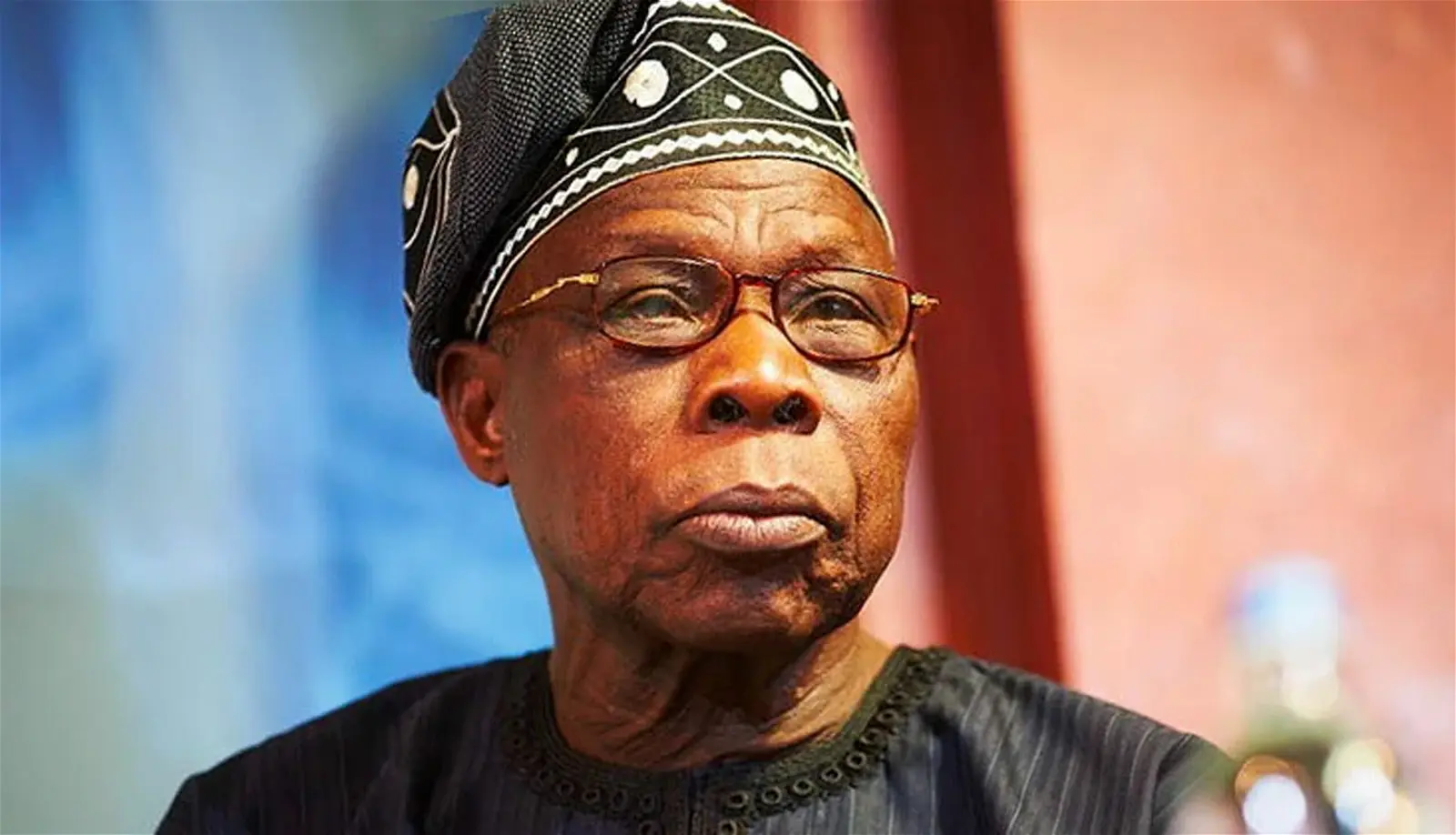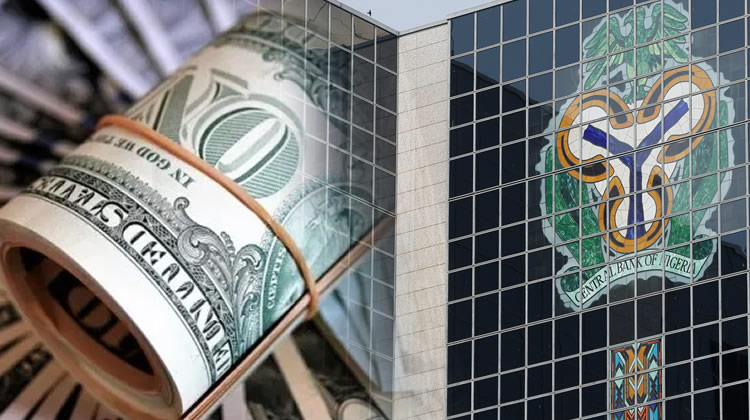A Nation Divided by Hardship: How hunger protests exposed Nigeria’s growing divisions – Vanguard News

Early Morning Tension in Abuja
On Thursday, Abuja awoke to a city steeped in tension. At the MKO Abiola National Stadium, hundreds of anti-government protesters gathered, their voices rising against a backdrop of severe economic hardship and corruption. Prominent activists like VeryDarkMan, Deji Adeyanju, and Barr. Kingdom Okere led the charge, with chants of “End Bad Government” and “Bring Back Subsidy” reverberating through the air. Their placards bore stark messages: “We are hungry” and “Tinubu, where is the change?”
Among the protesters was 32-year-old Jane Hingir, who shared her emotional struggle to make ends meet. “I’ve been struggling to make ends meet, but it’s getting harder every day,” she said, her voice filled with a mix of frustration and determination. Jane’s personal story mirrored the broader national struggle, highlighting the everyday challenges faced by many Nigerians.
Pro-Government Rally: A Contrast
Meanwhile, in stark contrast, a pro-government rally took place at the Tinubu/Shettima campaign office same day. Organized by the Tinubu Support Group, the demonstration was marked by a calm and orderly atmosphere. Participants in this rally were given branded T-shirts and faze caps, displaying their support for President Tinubu. Led by Minister of State for Police Affairs, Hajia Iman Sulaiman-Ibrahim, the rally showcased a divided political landscape.
The Dynamics of Hired Protesters
A parallel demonstration involving hired protesters emerged. These individuals, recruited to oppose the anti-government protests, carried placards reading “No Protest.”
Organized by a man who identified himself as Blessing Joel, they said that they were paid N5,000 each to participate. Many of these hired protesters came from the suburbs, highlighting how financial desperation influenced political demonstrations.
Gabriel, an unemployed man from the capital, admitted that he joined the pro-government rally for the N5,000 offered. “I know things are bad in the country and the economy is not working, but the money was a big reason why I joined them,” he revealed. This highlighted how economic hardship often sways political participation.
The March and Its Consequences
Back to the story: at 12:02 pm on Friday, the anti-government protesters began their march towards Eagle Square. A heavy police presence, including FCT Commissioner of Police Bennett Igweh and security personnel from the Army Headquarters Garrison Command, NSCDC, and DSS, added to the tension. A helicopter hovered overhead, intensifying the atmosphere.
By 12:39 pm, the protesters faced a harsh response at the Central Business District junction near the United Nations building. Security forces deployed tear gas, and reports emerged of a protester being feared shot dead while trying to escape. Despite this, the protesters regrouped at the MKO Abiola National Stadium by 1:50 pm, their determination undeterred.
A Moment of Solace: Friday Juma’at Prayers
In a poignant display of resilience, the Muslim faithful among the protesters observed Friday Juma’at prayers amidst the turmoil. This moment of solemnity stood in stark contrast to the earlier chaos, symbolizing their unity and unwavering commitment to their cause.
“We pray for peace, but we also pray for justice,” said Shehu Ibrahim, who led the prayers. The prayers not only provided spiritual solace but also renewed their resolve.
Contrasting Responses: Anti-Government vs. Pro-Government
The treatment of different protests revealed stark discrepancies. Anti-government protests faced severe crackdowns, while pro-government rallies proceeded with relative ease.
This discrepancy drew criticism and highlighted perceived double standards in the government’s approach to dissent. The contrast became a focal point for critics, raising concerns about fairness and justice.
Voices from the Government
Amid the turmoil, government officials weighed in on the situation. The Secretary to the Government of the Federation, George Akume, addressed the nation on Wednesday, warning that the protests could lead to further violence and setbacks. His speech aimed to quell the unrest but failed to appease many.
Additionally, the FCT Minister, Nyesom Wike, called for dialogue, urging protesters to come forward for discussions. “The government is ready to listen,” Wike stated, hoping to ease tensions.
However, his call for dialogue was met with skepticism from the protesters, who felt their voices were not being heard.
The Minister of State for Youth Development, Ayodele Olawande, also attempted to address the protesters in Abuja but was met with resistance. His efforts to mediate were overshadowed by the escalating violence and the protesters’ frustration.
Violence and Casualties
The protests escalated into violence, particularly in the North. At least 14 people, including a policeman, were killed in several states, including Niger, Borno, Kaduna, and Kebbi. The violence prompted a 24-hour curfew
in Borno and Kano to curb further unrest. The destruction and chaos in these regions highlighted the depth of frustration and desperation felt by many protesters. Hoodlums joined and caused mayhem in these places.
Historical Context: #EndSARS Protests
The current protests hold special significance given the historical context. During the #EndSARS protests in 2020, Northerners largely abstained from participating. This was partly due to former President Muhammadu Buhari, who is from their region.
The lack of participation at that time contrasted sharply with the current widespread involvement of Northern Nigerians, reflecting a shift in political sentiment and regional engagement.
Personal Stories: Maryam and Gabriel
Personal stories from the protests underscored the human cost of Nigeria’s economic turmoil. Maryam Abdul, a trader from the North, shared, in Hausa language, her struggles with a failing business and an uncertain future for her children. “I march because I have no choice,” she said, emphasizing the need for change.
In contrast, Gabriel, an unemployed man from the capital, revealed his financial desperation as the reason for participating in a pro-government rally. His story highlighted the complexities and contradictions within the protest landscape.
Government Response and Public Reaction
The government’s response to the protests, including the deployment of security forces and the imposition of curfews, aimed to quell dissent but also risked stifling democratic expression.
Public reaction was mixed, with some supporting the government’s actions while others condemned the excessive use of force. This response raised questions about the implications for democratic processes and civil liberties.
Long-Term Impact and Future Uncertainty
The aftermath of the protests cast a long shadow over Nigeria’s future. The heavy-handed response risked deterring public dissent and impacting democratic expression. The economic reforms introduced by President Tinubu were scrutinized more closely, and the long-term effects on Nigerian society and politics remained uncertain.
Resilience and Determination
Ultimately, the personal stories of protesters like Maryam and Gabriel resonated deeply. Their struggles and determination highlighted the enduring human spirit amidst adversity. Despite the political and economic complexities, these narratives underscored a persistent quest for justice and change in Nigeria.
As Abuja and the nation moved forward, the echoes of the protesters’ chants and their personal stories served as a powerful reminder of the enduring quest for rights and justice in a challenging and uncertain landscape.
Vanguard

